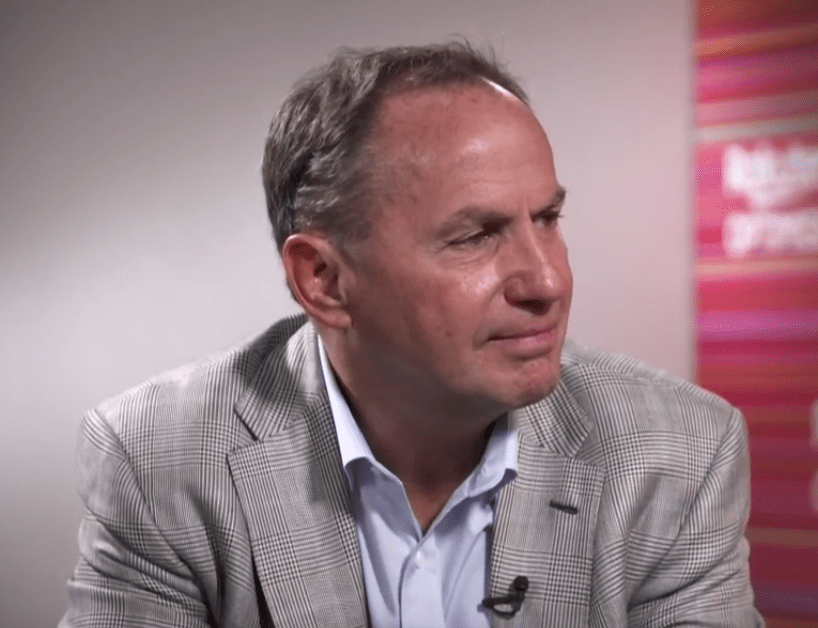“I went back to Israel a few weeks ago and I was blown away by how fast and how quickly their autonomous driving technology has developed,” says Intel CEO Bob Swan in reference to Mobileye. “We went through the streets of Jerusalem. Their technology increasingly builds our confidence for our ability to go from L2, L 2+, to L3 and to deploy automobiles for robo-taxi’s with our partner Volkswagen and Champion Motors in early 2022.”
Bob Swan, CEO of Intel, discusses Mobileye autonomous driving technology and predicts that autonomous robo taxis will be hitting the roads by early 2022. Swan was interviewed on CNBC:
I Was Blown Away By Mobileye Autonomous Driving Technology
We’re approaching our two-year anniversary since the acquisition of Mobileye. We couldn’t feel better about them being part of the broader Intel family. First, I’ll go back six months ago. Six months ago I was over in Israel and I took the Mobileye drive on the highways of Jerusalem. It was a flawless experience. But it’s on the highway so it’s not as challenging. They said we’re developing the technology so we can drive through the streets of Jerusalem. You should come back and visit in six months.
The streets of Jerusalem, it’s high-impact driving. It’s intense. So I went back a few weeks ago and I was blown away by how fast and how quickly the technology has developed. We went through the streets of Jerusalem. Their technology increasingly builds our confidence for our ability to go from L2, L 2+, to L3 and to deploy automobiles for robo-taxi’s with our partner Volkswagen and Champion Motors in early 2022.
Robo Taxi’s Will Happen Before Broad Adoption of Autonomous Driving
Our belief is that applications like robo-taxi will happen before broad-based adoption of L5 autonomous driving. The reason is really twofold. One we believe the acceleration of autonomous driving will be greatly enhanced by the deployment of 5G and that’s going to take a few more years to be deployed. Secondly, and maybe more importantly, in the absence of compute at the network, the cloud is a little too far away and therefore you’d have to put more and more compute in the vehicle itself.
Putting more compute in the vehicle itself to manage the intricacies of autonomous driving can be pretty expensive. To get broad-based adoption of vehicles for autonomous driving you can’t have extremely expensive compute in the vehicle. In a robo-taxi environment, you can because you get to monetize that vehicle 24 hours a day seven days a week.




